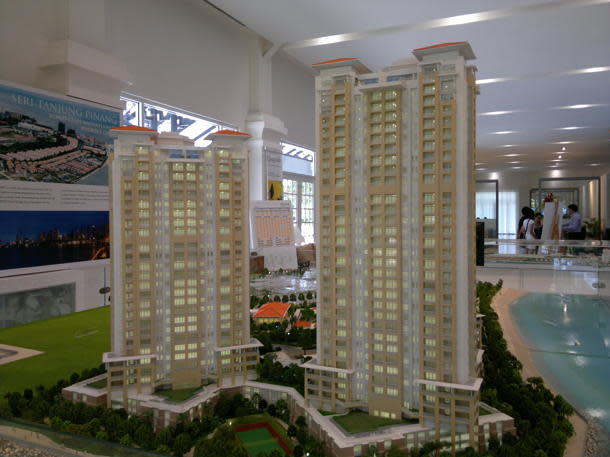‘Why you can benefit from the MM2H scheme’

By Tejaswi Chunduri (courtesy of PropertyGuru)
After analysing the initial effects of the additional buyer's stamp duty (ABSD), it is clear that the latest cooling measure will keep foreign buyers out of Singapore's residential property market for the time being and limit excessive speculation.
It has also resulted in a positive spin-off for Malaysia's property market and is expected to affect Singapore's reputation as an attractive investment destination. Foreign investors from mainland China, Indonesia, India, Malaysia and other countries may look elsewhere for more affordable deals.
In Malaysia, there's the Malaysia My Second Home (MM2H) scheme that provides for more liberal foreign ownership in the country. Foreigners are allowed to acquire all types of residential units in either new or older projects costing more than RM500,000 (S$208,301). However, they can only use local financial institutions to fund their investments.
Malaysia, in particular locations such as Kuala Lumpur and Iskandar, are now regarded as investment hotspots. High-end properties in prime areas of Kuala Lumpur are around eight to 10 times cheaper than in Singapore. With the implementation of the ABSD, it now means that homes in Malaysia are available at an additional 10 percent discount for foreigners and three percent discount each for permanent residents (PRs) and Singaporeans looking for their second and third homes, respectively.
This fact was further reinforced at PropertyGuru's recently concluded two-day Malaysia Property Showcase 2012, which attracted close to 1,000 potential investors looking for information on affordable investment opportunities beyond Singapore's restrictions. The event featured a range of prime developments such as the Tropicana Grande (Petaling Jaya) and Tropez Residences (Johor Bahru) by Djaya, St. John Woods Residence in Kuala Lumpur by AM-EL Group, The Arc @ Cyberjaya by Andaman and DK-MY's Senza Residence in Bandar Sunway.
In addition, our latest Malaysian Affordability Sentiment Survey results showed strong interest from Singaporean investors for Malaysian properties. Almost 80 percent of respondents who are Singaporeans residing in Singapore but closely watching developments in Malaysia said property there is affordable. 25 percent of these respondents are interested in buying property in Malaysia, while 45 percent are still unsure.
One of the advantages of investing in Malaysia is the higher rental yields achieved compared to Singapore. For example, The Arc @ Cyberjaya claims to have a Guaranteed Rental Return (GRR) of eight percent yield per year for 25 years. This was made possible by a signed lease agreement with Multimedia University (MMU) students for a period of 25 years.
Although rental yields may be one of the factors luring investors, sufficient research must be done on location and home financing options before inking the deal. It is advisable to have a reliable real estate agent on hand that understands your needs as an investor and gives an unbiased opinion.
Do you think Malaysia is an ideal investment destination and has the ABSD helped in making the country more attractive to investors?
Do write to me at: research@propertyguru.com.sg
Tejaswi Chunduri is a regional analyst with PropertyGuru.

